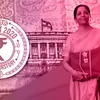Decoding Budget 2020: Startups react to healthcare, education reforms, and investments
From a full-fledged tuberculosis campaign to a degree-level online course, Finance Minister Nirmala Sitharaman announced a slew of measures to improve public health and upgrade the quality of education in India as part of this year’s Budget.
The first Budget of this decade was woven around three pillars – creating a new aspirational India with access to health, education, and employment for all, boosting economic development, and spurring a caring society.
Several schemes such as the Swachh Bharat Abhiyan, Electronic Vaccine Intelligence Network, and Ayushmann Bharat – the extension of the National Health Mission (NHM) have been implemented by the government to better the healthcare of the country.
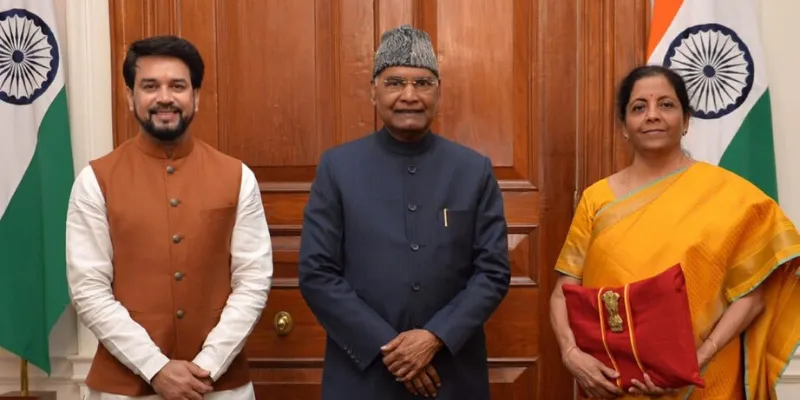
Nirmala Sitharaman just before presenting the Budget.
The government has also been giving importance to the education sector, starting in 2000 when it launched the Sarva Siksha Abhiyan and in 2015, with the launch of the ‘Beti Bachao Beti Padhao’ initiative.
This time too, Finance Minister Nirmala Sitharaman announced a slew of measures to improve public healthcare and upgrade the quality of education in India as part of the 2020 Budget.
More hospitals and deeper penetration of technology
One of the key initiatives that the government proposed on February 1, 2020, was the addition of more hospitals across Tier-II and III cities. Presently, under the PM Jan Arogya Yojana (PMJAY), more than 20,000 empanelled hospitals have been erected. The Finance Minister suggested an increase in this number with the help of a public-private partnership (PPP) model, and also made a provision for viability gap funding.
Delhi-based healthtech startup , which especially focusses on patient care is in support of the move.
“From the healthcare sector perspective, setting up more hospitals can help tackle the accessibility issue effectively. Besides, it will assist startups like us to expand our market and reach,” Gaurav Gupta, Co-founder, Navia Life Care says.
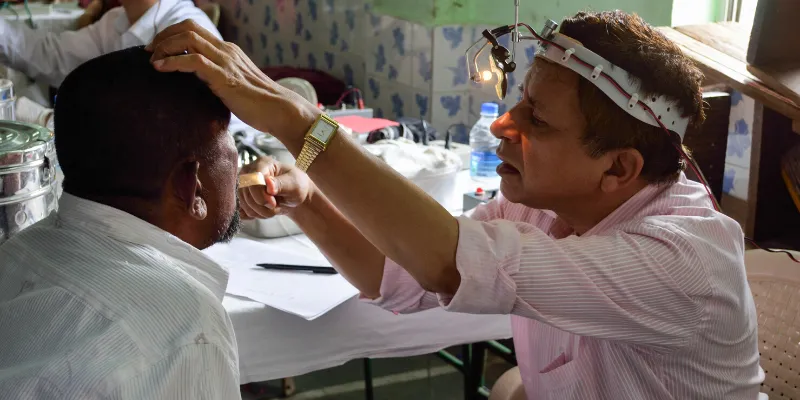
With digital technology being integrated into the healthcare sector, positive changes in diagnostics, care processes, treatment variability, and patient outcomes have been quite evident. According to the Future Health Index of 2019 published by Royal Philips, India is one of the forerunners in adopting new technologies in its health ecosystem, with 88 percent of the professionals using mobile apps or other algorithmic interventions.
In line with this, the government has announced the use of concepts like machine learning (ML) and artificial intelligence (AI) in the Ayushmann Bharat scheme, to enable the medical fraternity to target diseases using a preventive approach.
For instance, healthtech startup Omnicuris has been working towards providing digital skills to medical practitioners. The startup’s CEO, Savitha Kuttan, believes that the penetration of technology in the medical field needs to be coupled with addressing the skill gap.
“At present, the doctor-patient ratio is 1:1445 against the WHO recommended 1:1000, and the nurse-patient ratio is 1:483 against the ideal 1:4. Although the National Medical Commission was established to address the skill gap in the health sector, we expected more clarity from the government on its plan to increase graduate and postgraduate seats in medical education. Just like hospitals, setting up more medical institutes would have helped produce a higher number of healthcare professionals,” she adds.
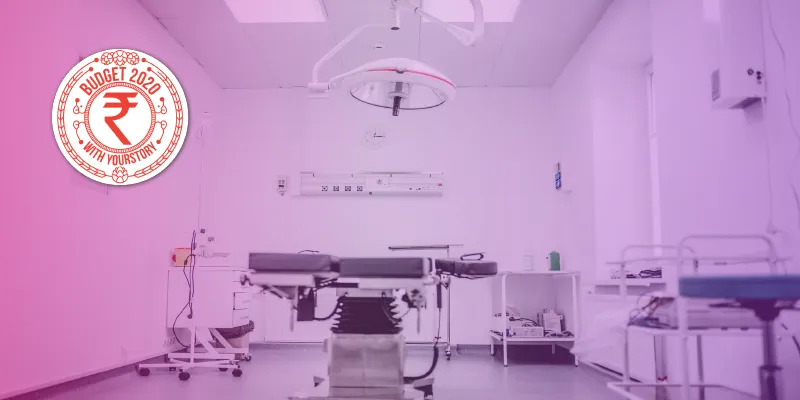
Sitharaman also announced certain specific interventions as part of the Budget.
“We have already launched the ‘TB Harega Desh Jeetega’ campaign. However, we propose to strengthen the efforts of this initiative to realise our commitment to end Tuberculosis by 2025. Besides this, I propose to expand the Jan Aushadhi Kendra scheme to all districts offering 2,000 medicines and 300 surgicals by 2024,” she said.
The government has allocated Rs 69,000 crore towards the healthcare sector, which is inclusive of the Rs 6,400 crore already directed towards the Pradhan Mantri Jan Arogya Yojana. This is a clear jump as compared to Rs 62,659 crore earmarked last year.
“Even though the Budget allocation to this sector represents about a 10.5 percent jump from 2019 in absolute terms, India’s spending stands at a little over one percent of the GDP. Hence, I feel that we have a long way to go when compared to other developing countries, where public healthcare spending stands at around 2 to 2.5 percent of their GDP," Gaurav adds.
New education policy and better internship opportunities
India houses one of the youngest populations in an ever-ageing world. A recent Bloomberg News analysis reiterated this by stating that the nation is likely to have the largest workforce by 2027, with a billion people aged between 15 and 64 years. This trend increases the need for having a robust framework to increase the quality of education, to accommodate more people in the workforce.
Conforming to this demand, the government confirmed the launch of a new education policy in the upcoming days. Sitharaman also proposed an allocation of Rs 99,300 crore and Rs 3,000 crore for education and skill development respectively.
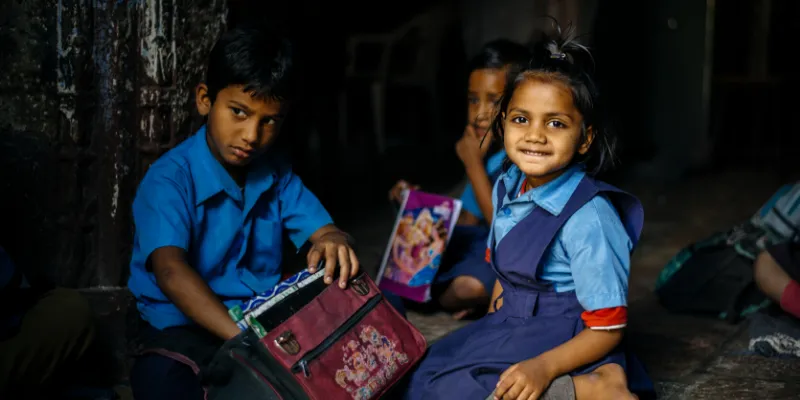
Additionally, sourcing External Commercial Borrowings and FDI for the education sector are on the cards.
“The Union Budget of 2020 has addressed key gaps between skill and employment by ensuring focussed efforts on harnessing the talent pool of the country,” RL Raina, Vice-Chancellor, JK Lakshmipat University, Jaipur, says.
On the other hand, Amol Arora, Vice Chairman and MD, Shemford Group of Futuristic Schools feels the need for a larger push.
“ECBs and FDI for was a much-needed move. However, the government should look beyond this and attract more domestic investments as well as talents. This requires political will, but it will be worth it since quality education has the capacity to deliver the highest ROI for India,” he says.
With a view to embed practical learning in academia, the Finance Minister announced apprenticeship embedded degree and diploma courses across 150 higher educational institutions by March 2021. Along with this, she introduced internship opportunities to fresh engineers for a period of up to one year in urban local bodies.
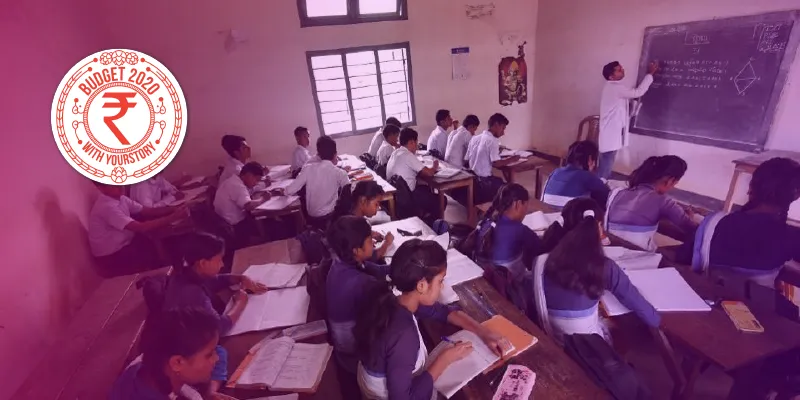
India poses a clear inequality when it comes to access to higher education. For example, as per the data presented by the NSSO in 2016-17, only 21 percent of Scheduled Castes and 15.4 percent of Scheduled Tribes obtain higher education, as against the overall gross enrolment ratio of 25 percent.
To enable the deprived sections of society to gain access to better opportunities, the government declared a degree-level online education programme under the ambit of the top 100 National Institutional Ranking framework.
Rachit Jain, CEO and Founder of Youth4Work, an assessment and skill-based people-profiling startup, has a promising view of the recent Budget.
“Finance Minister Nirmala Sitharaman has made big announcements in lieu of Prime Minister's vision, which will play a big role in transforming India’s educational landscape. The initiative about online courses and internships is sure to groom young students and make them work-ready,” he says.
(Edited by Suman Singh)


